
Ph. depositphoto.com/Kassandra2
When one thinks of Italy, traditional images come to mind. Churches that are hundreds of years old, engineering and architectural wonders from centuries past, rolling hills, mountains, the sea and, of course, great food, all are thought of when talking about Italy. Northern Italy sometimes brings thoughts of a more modern, industrial, bustling environment. The thought is that as you work your way down the peninsula life slows down a bit. However, that generalization takes a hit in the southern city of Taranto.
Based in Puglia, in southern Italy, Taranto is a coastal city sitting right on the Ionian Sea coast. It is the capital of the Province of Taranto and because of where it is situated, it is an important commercial port. It also serves as the main Italian naval base.
As mentioned initially, this is not your prototypical Italian town. It is the third largest continental city in southern Italy with a population of a little over 200,000. Taranto is largely a modern, industrial city. Steel and iron foundries, oil refineries, chemical works, shipyards for building warships and food processing factories are an integral part of the economy and landscape of this port city.
The city is divided into the “old city” and “new city”. Even though the old city has hit a few bumps in the road economically, it has begun to climb out with restorations of many of the old buildings. The new city, with its wide promenades and exclusive shops, still bustle with many visitors. As a matter of fact, for the best views of the city, walk along the waterfront promenade, named after King Vittorio Emanuele III. It offers fantastic views of the commercial harbor and natural port. Throughout the country there is not a want for great tasting food. However, because of its location and its fishing center, Taranto provides some of the country’s best seafood.
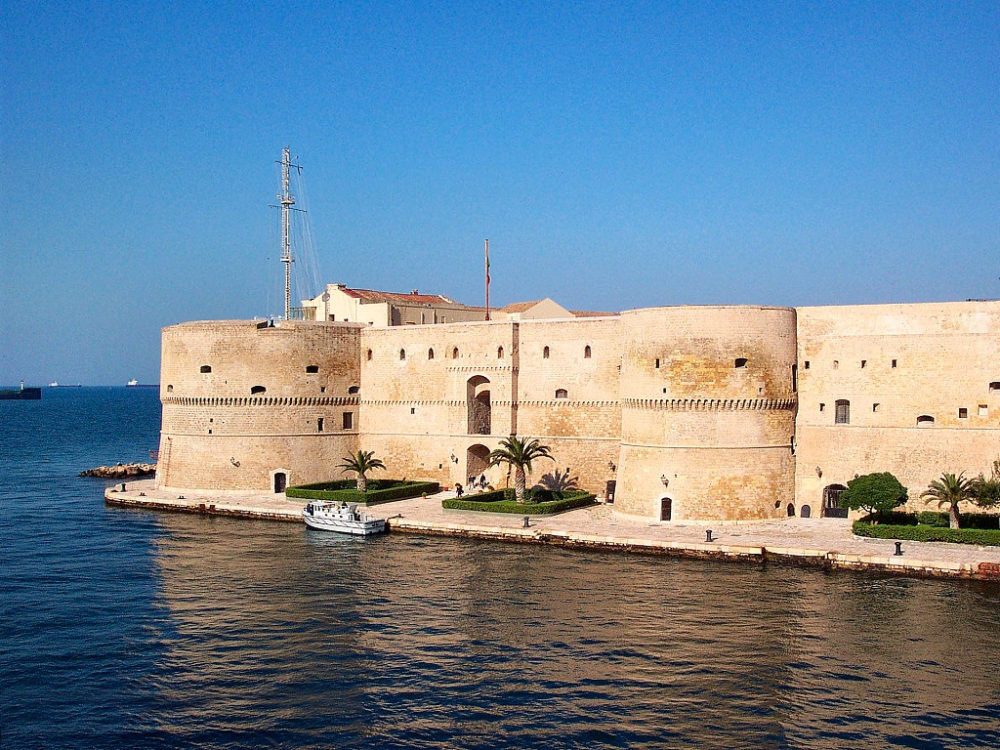
The city sits in a unique position on this coast. The islets of San Pietro and San Paolo act as protection for the bay, called Mar Grande (Big Sea). This is where the commercial port is located. The other bay, called Mar Piccolo (Little Sea) is the locale of the old city and is where fishing is king. Mar Piccolo is also the military port. At the end of the 19th century military ships were able to enter Mar Piccolo harbor, thanks to a newly excavated channel. Because of the existence of the two bays, Taranto has been called the “city of the two seas“.
This port has made this a central figure in the military history of Italy. It was the home port for the Italian naval fleet before and during World War I. In addition it was the site of the World War II Battle of Taranto, initiated by British air attacks on the Regia Marina naval base in 1940. In 1943 it was part of Operation Slapstick, where British forces landed as part of the Allied invasion.
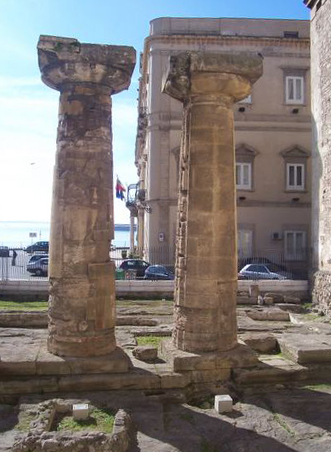
This city, too, has a Greek beginning. Taranto dates back to the 8th century BC when it was founded as a Greek colony. Now the modern city has been built over an ancient Greek necropolis. Later on the Romans connected the city to Rome with an extension of the Appian Way.
Taranto was also the main hub of a booming Greek pottery industry during the 4th century BC. Most of the South Italian Greek vessels known as Basilican were made in different workshops within the city. The items created by the artisans were usually larger pieces, more elaborate in décor and primarily used for mortuary purposes. Usually, the subject matter consisted of scenes depicting a statue of the deceased person in a miniature temple. That scene generally occupied one side and a scene out of mythology occupied the other. There still is a thriving ceramics trade in the city. Many artists continue to create ornate pieces for all who come through their shops.
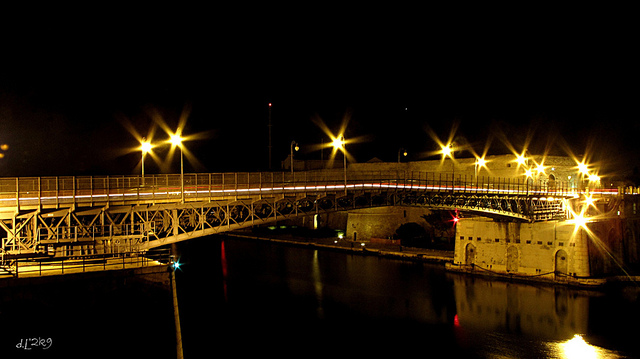
Even though Taranto is primarily known as an industrial city, it still maintains a fair amount of historical attractions.
The old town, including Piazza Fontana, Saint Domenico’s church, Madonna della Salute Sanctuary, and a number of old palazzi, looks almost as it did 1000 years ago when the Byzantines rebuilt it all. The narrow alleys, old craftsmen workshops and general old world look, gives this area a different feel then the rest of the city.
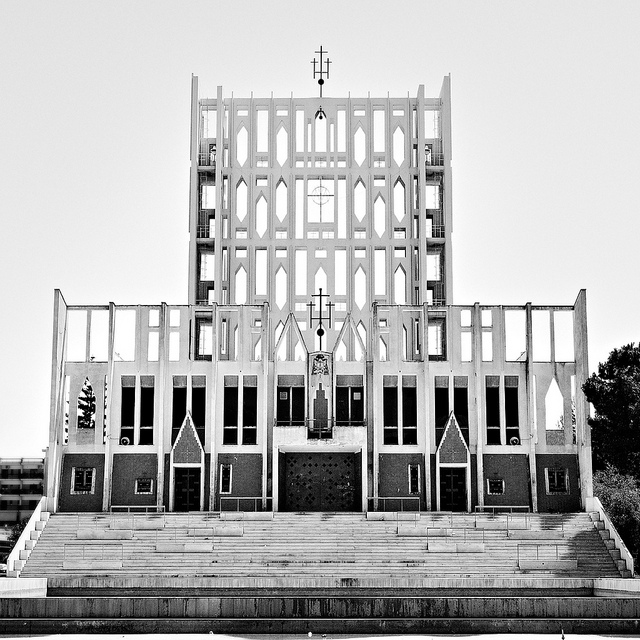
The city also features the Aragonese Castle, dating back to the 15th century, on the Little Sea as well as a number of Greek temple ruins, some dating back as far as the 6th century BC.
The town center is filled with a variety of 17th and 18th century palazzi. These structures housed many of the local aristocratic families of that era. A tour of these dwelling places gives one a real feel for what it was like to live in the luxury of that era.
The Swing Bridge, or Ponte Girevole, runs across the canal from the Little Sea to the Big Sea. Built in 1887, it is generally regarded as the symbol of the city. It stretches about 90 meters and leaves both ends of the city isolated when it is opened.

The archeological museum of Taranto also offers one a glimpse into the rich past of this area. An assortment of artifacts from the Stone Age to the present are on display. Much of what is on exhibit here is from nearby archeological digs and the museum hosts the largest collection of terra cotta figures.
Ever heard some strange trivia? We all have heard one or two of those and Italy is no exception. So, here’s one to add to that list. What does the dreaded Tarantula spider and the famous Italian dance Tarantella have in common? Well, Taranto is the origin of the common name of the Tarantula spider family. However, technically speaking, there are no members of that spider family present in this area. As legend has it, long ago, when residents of the town were bitten by the local Wolf Spider, Lycosa tarentula, they would have to do some sort of wild, energetic dance to rid the body of the spider’s venom. The ideas was that if they moved hard enough with the crazy dance, they would work up enough sweat to get rid of the venom from their pores. Well, lo and behold, that crazy dance became later known as the Tarantella. There’s one for your next dinner party.
As a visitor, though, you will have much to enjoy when visiting Taranto. Whether it’s the seafood, the old city, or the beach, Taranto will leave you dancing in the streets.









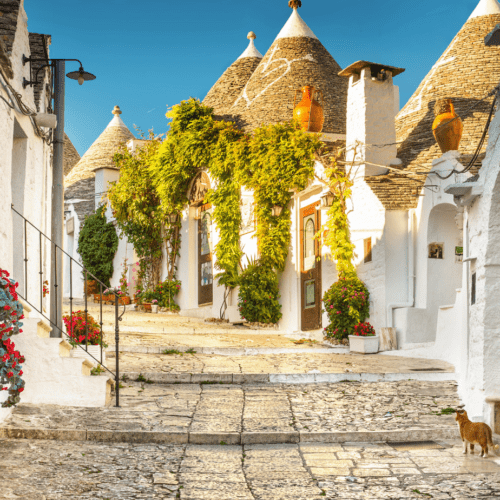
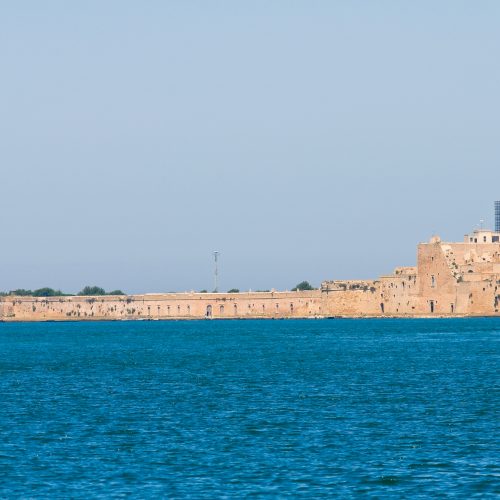
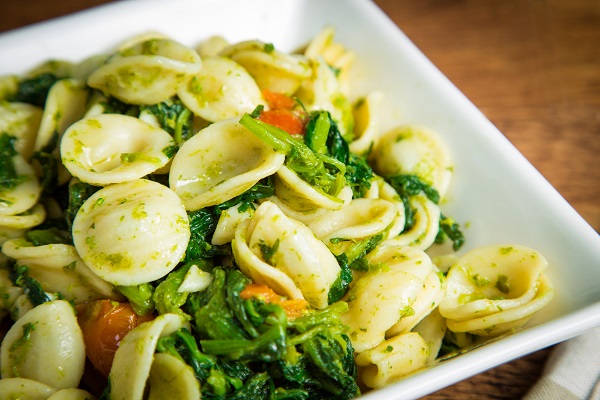
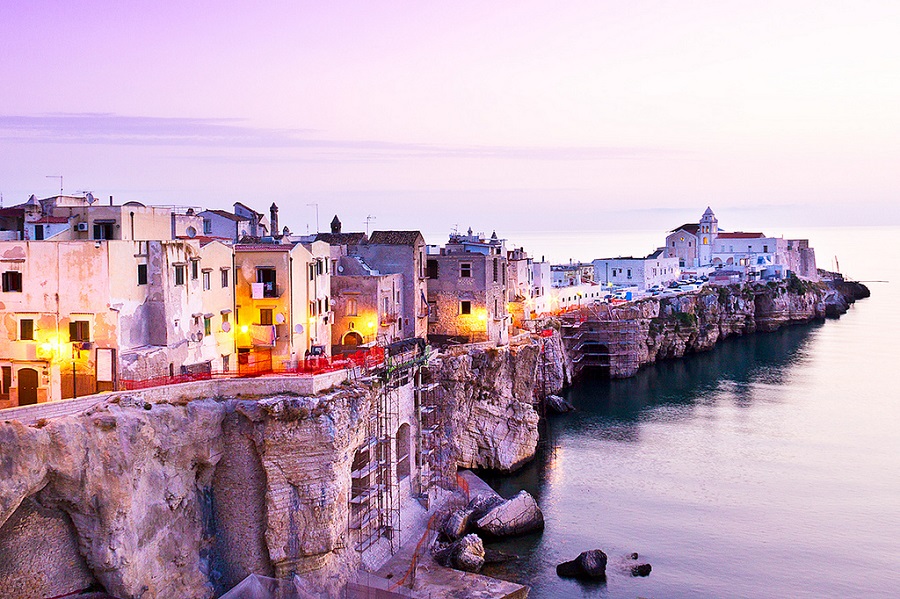
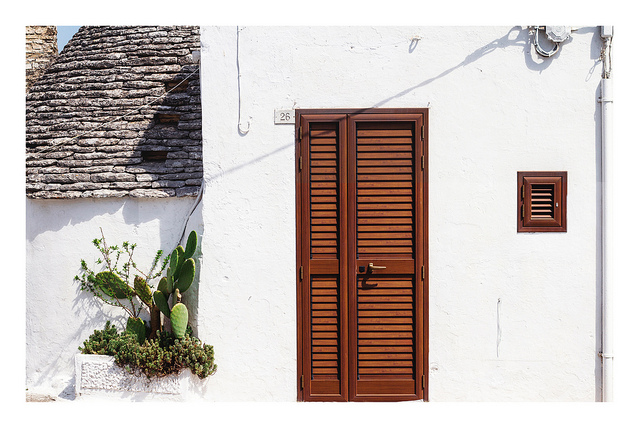
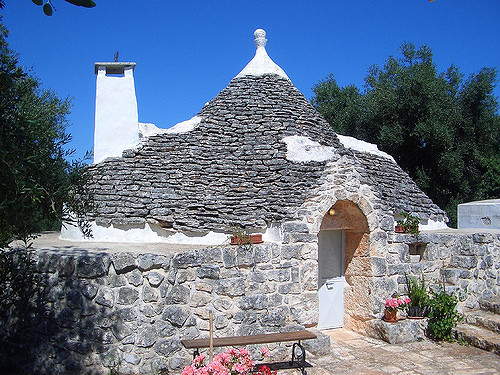
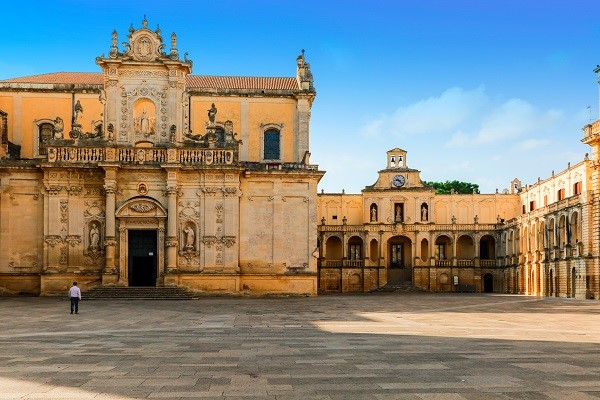
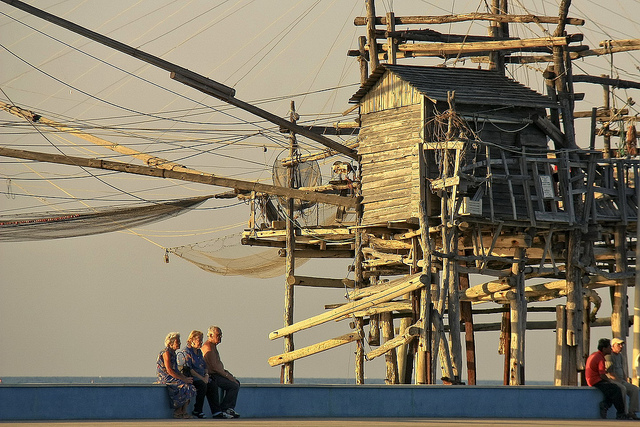
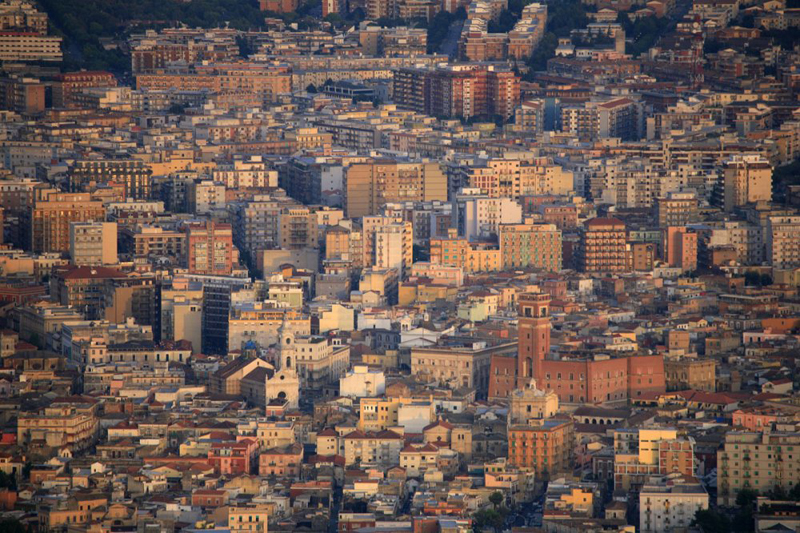
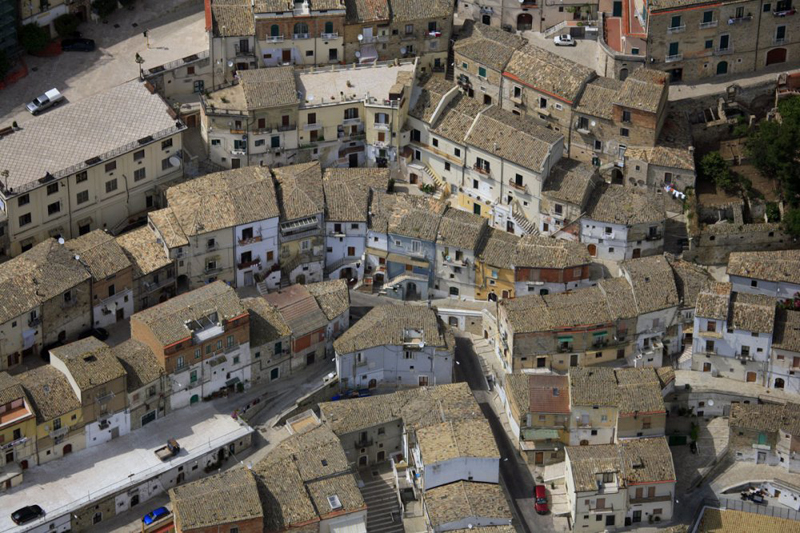
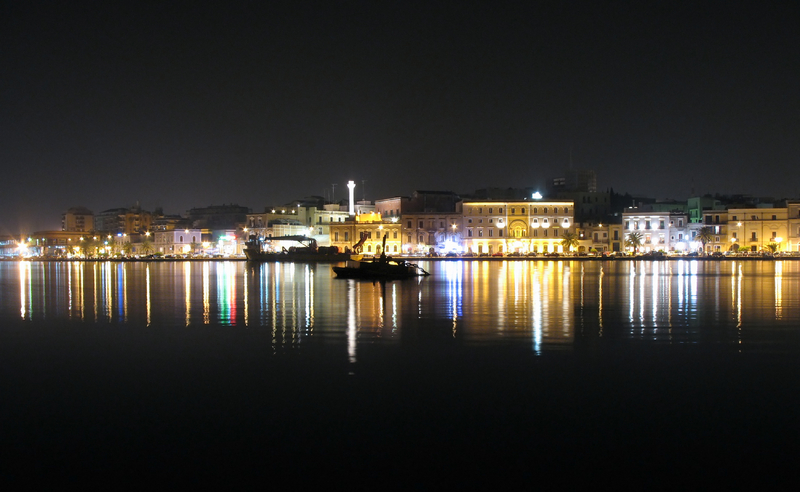
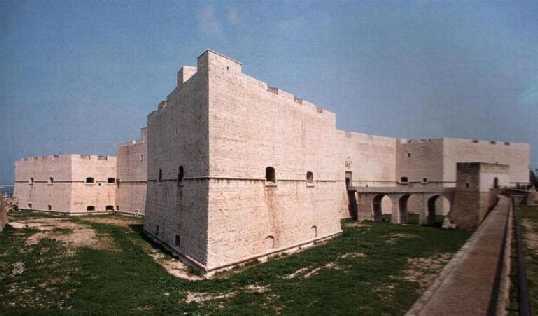
Thomas – This is a website just like a magazine. We have articles about Italy. To do any kind of application in Taranto I would start from the ‘Comune di Taranto” and ask how to proceed. Also when you buy the 1 Euro houses you have to plan for the restructuring costs. Anyway I would start checking what the comune has to say
Very interested,
Surname Renna family in Bari and Fasano.
I would like to apply for a multilevel home, but if not available 45-50 square meters would have to do. To view by email and come to make appropriate deposit.
I would like to proceed and would not be a burden on the community. If I have a roof over my head, grandchildren that would want to visit and may decide to stay.
A little about myself/family…
I am Thomas Renne
My grandfather(Cataldo Renna, changed to Renne thru American immigration 1915 era) from Fasano and grandmother Esther Gallo From Bari, with their son Nicholas. They had 9 children total. My grandparents were farmers in Pennelville N.Y.
My great uncle Gusipi, youngest in the family I met in 1976 and 1991 , they were trying to get me to stay and farmers, my great-uncle said I had the knack. One of my cousins and I would work till dark on many occasions. My great uncle Gusipi and Pascua passed in 2000 and 2001. I have a number of aunts, uncles and cousins in Italy, would be nice to meet most of them and live a short drive from family. Any further questions, just an email away.
Presently, I am retired from Aviation Maintenance and Technical Writing of Aviation Manuals. Live in a rural setting and love the rural view and live on the shore of Lake Corpus Christi, near Mathis, Texas population approximately 4,000. A lake, river or sea view in Italy, wow!
Thank you for your time,
Thomas